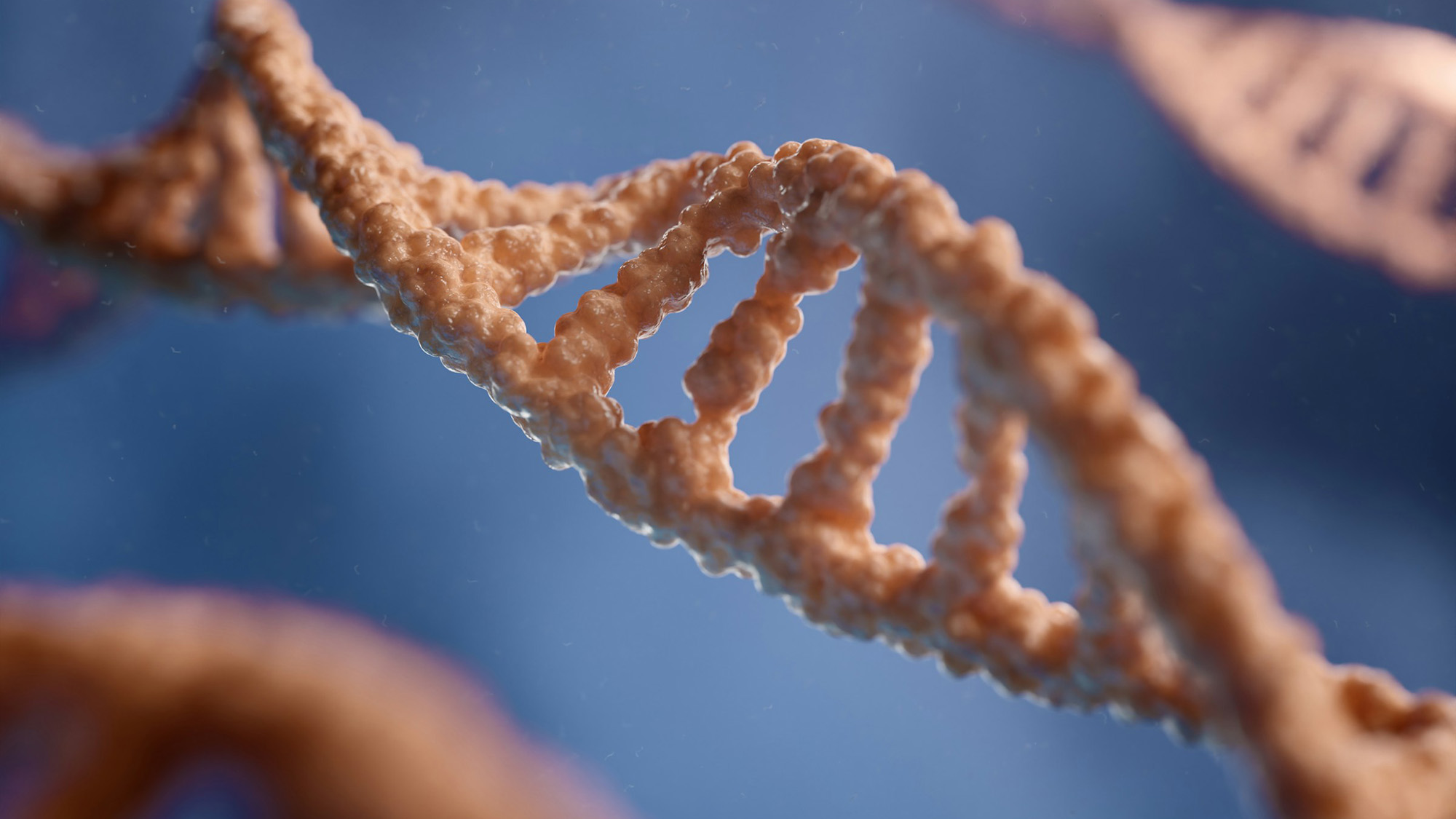A study by the Centre for Genomic Regulation (CRG) has identified a gene linked to memory and learning whose expression is altered in people with Down’s syndrome. It’s the Snhg11 gene, which belongs to the so-called ‘dark matter’ of the genome, the least studied region of the genome because it does not encode proteins.
The gene expresses non-coding RNA, i.e. RNA that does not produce proteins. These types of RNAs regulate many different biological processes, so they may be associated with a wide range of diseases. For example, the RNA in the study has already been linked to some types of cancer. However, this is the first time that Down’s syndrome has been linked to a non-coding RNA.
The research team, led by Mara Dierssen and in collaboration with Eva Novoa‘s lab, studied mice with a genetic profile similar to Down’s syndrome and post-mortem human brains with Down’s syndrome. They found reduced expression of the Snhg11 gene in the dentate gyrus, a region of the hippocampus involved in learning and memory. They also observed learning and memory problems in mice with low levels of Snhg11 RNA.
These findings suggest that Snhg11 plays an important role in regulating brain function. The CRG team wants to further investigate how this mechanism works and which other non-coding RNAs may contribute to cognitive diversity. The ultimate goal is to create drugs that can improve the lives of people with Down syndrome, since there are many interventions to help people with Down’s syndrome live independently, but few are pharmacological.
“Studies like this help to lay the groundwork for strategies that may help to improve memory, attention and language functions, or prevent cognitive decline associated with ageing.“
Mara Dierssen, CRG.
Sierra, C., Sabariego-Navarro, M., Fernández-Blanco, Á. et al. The lncRNA Snhg11, a new candidate contributing to neurogenesis, plasticity, and memory deficits in Down syndrome. Mol Psychiatry (2024). https://doi.org/10.1038/s41380-024-02440-9







